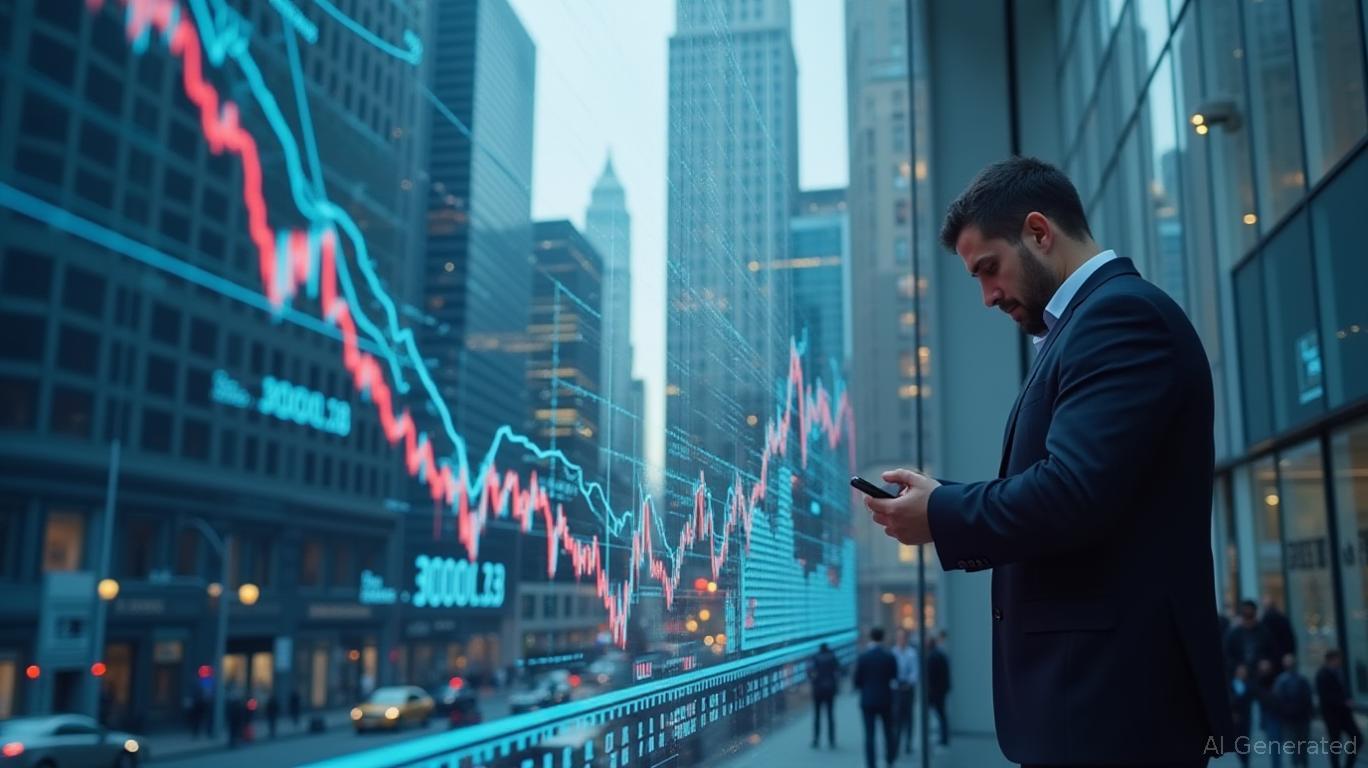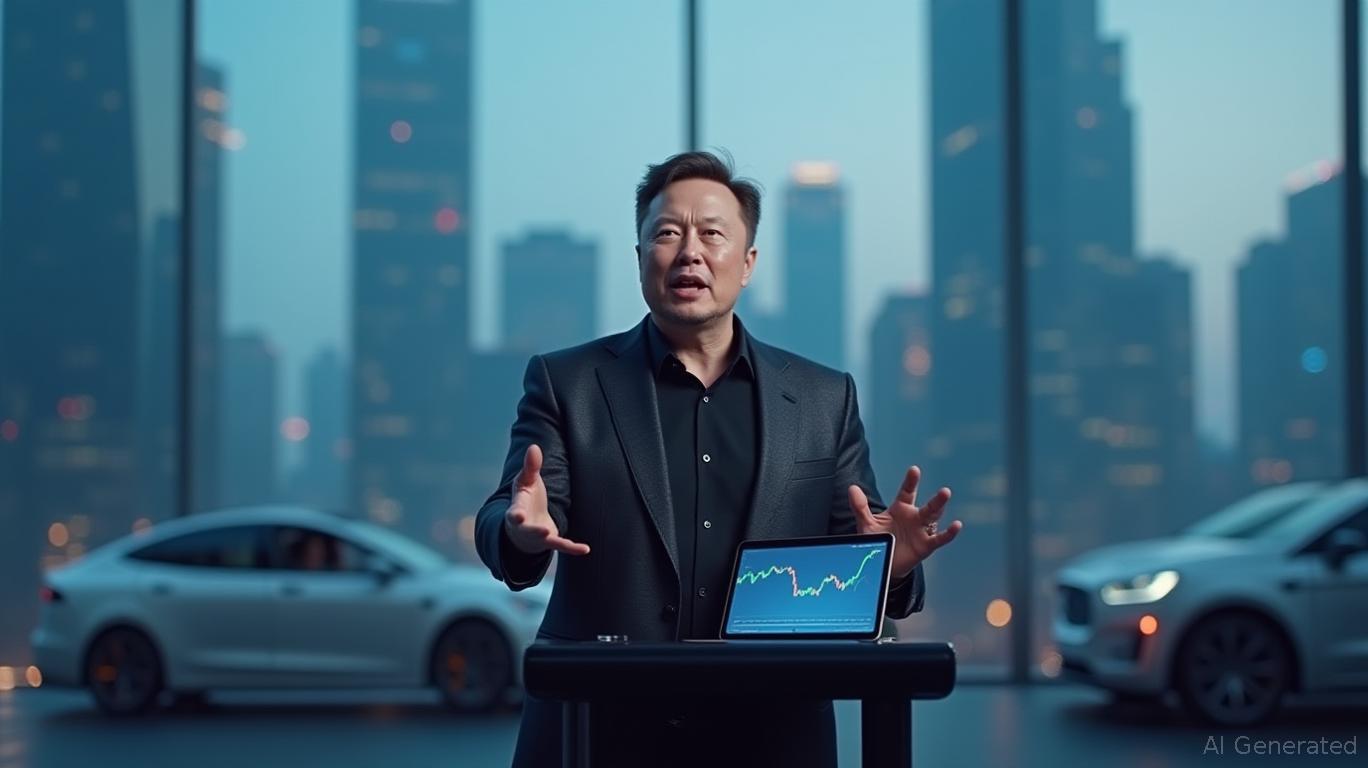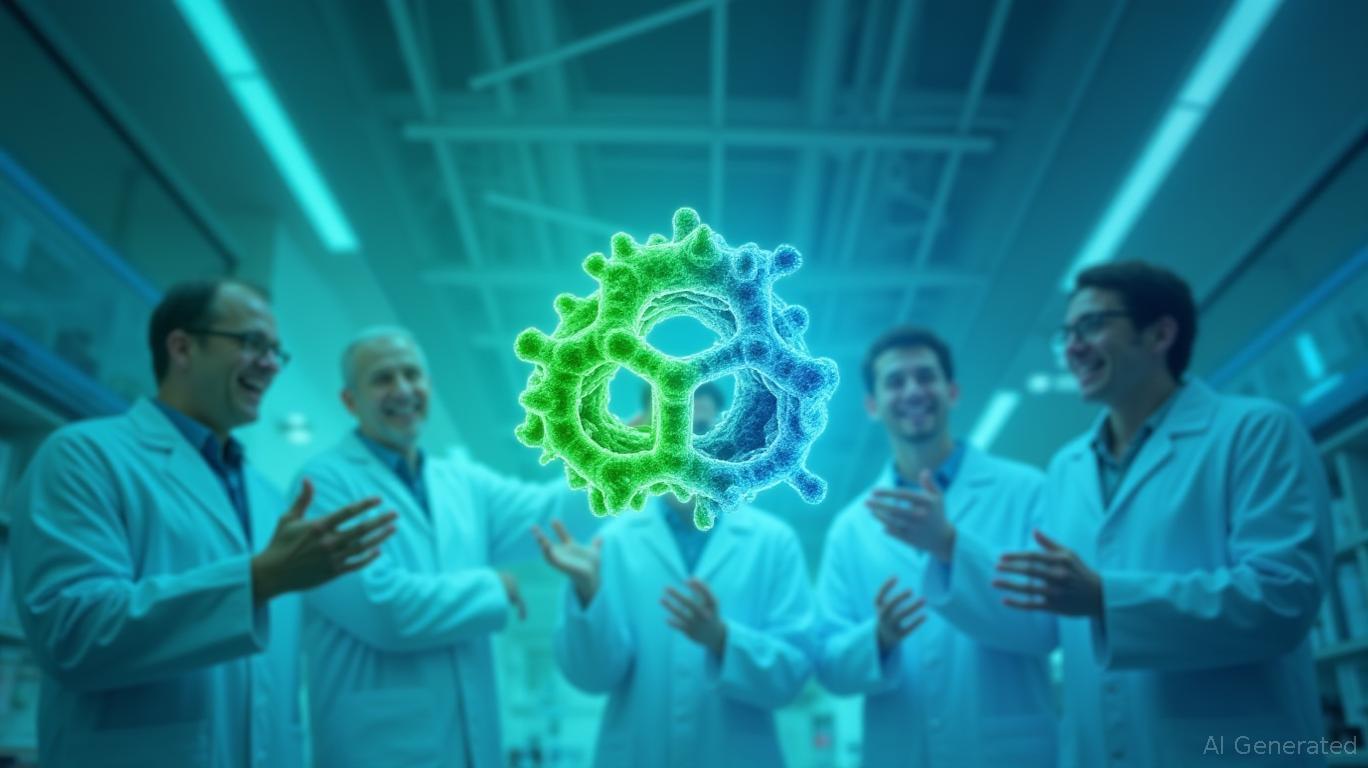OpenAI Co-Founder Greg Brockman Returns Amidst Turmoil
Tuesday, Nov 12, 2024 3:51 pm ET
OpenAI, the cutting-edge artificial intelligence startup, has seen a significant shift in its leadership following the return of co-founder Greg Brockman as interim CEO. Brockman's return comes amidst internal turmoil and investor pressure, signaling a potential stabilization in the company's management.
Brockman, who previously served as OpenAI's president, stepped back from his role in 2021. His return follows the ousting of co-founder Sam Altman as CEO and the departure of another co-founder, John Schulman, to rival AI startup Anthropic. The recent leadership changes have raised concerns about the company's strategic direction and employee morale.
The return of Brockman, a key figure in OpenAI's early development, is likely to restore stability and continuity. His deep understanding of the company's operations and culture can quickly reassure employees and investors, while his technical expertise and visionary approach may help refocus the company on its original mission.
Brockman's return is also a result of investor pressure and board negotiations. Shareholders, including Thrive Capital, Khosla Ventures, and Tiger Global Management, have pushed for Altman's reinstatement. These investors, along with Microsoft, OpenAI's largest investor, have been left in the dark about the reasons behind Altman's firing. The board's intense scrutiny and the majority of employees threatening to quit if Altman were not reinstated have led to negotiations between Altman, CEO Emmett Shear, board member Adam D'Angelo, and some investors.
Brockman's return could strengthen OpenAI's partnerships and collaborations with other AI companies. His involvement in OpenAI's early stages and understanding of the company's culture could help bridge any gaps that may have arisen during his absence. Moreover, his return could signal a renewed commitment to OpenAI's mission, potentially attracting new partnerships and collaborations.
However, the impact of Brockman's return on the company's culture and employee morale remains uncertain. The recent turmoil, including the ousting of Altman and employee demands for his reinstatement, may require a more comprehensive approach to address cultural challenges.
In conclusion, Greg Brockman's return to OpenAI as interim CEO signals a potential stabilization in the company's leadership following recent turmoil. His technical expertise, visionary approach, and understanding of the company's culture can help refocus OpenAI on its original mission and restore stability. However, the company's ability to unify under a new leadership structure and address cultural challenges will be crucial in rebuilding employee morale and trust.
Word count: 597
Brockman, who previously served as OpenAI's president, stepped back from his role in 2021. His return follows the ousting of co-founder Sam Altman as CEO and the departure of another co-founder, John Schulman, to rival AI startup Anthropic. The recent leadership changes have raised concerns about the company's strategic direction and employee morale.
The return of Brockman, a key figure in OpenAI's early development, is likely to restore stability and continuity. His deep understanding of the company's operations and culture can quickly reassure employees and investors, while his technical expertise and visionary approach may help refocus the company on its original mission.
Brockman's return is also a result of investor pressure and board negotiations. Shareholders, including Thrive Capital, Khosla Ventures, and Tiger Global Management, have pushed for Altman's reinstatement. These investors, along with Microsoft, OpenAI's largest investor, have been left in the dark about the reasons behind Altman's firing. The board's intense scrutiny and the majority of employees threatening to quit if Altman were not reinstated have led to negotiations between Altman, CEO Emmett Shear, board member Adam D'Angelo, and some investors.
BBAI, CVKD, SMR, BTM, GRAB...Turnover Rate, Trading Volume
Brockman's return could strengthen OpenAI's partnerships and collaborations with other AI companies. His involvement in OpenAI's early stages and understanding of the company's culture could help bridge any gaps that may have arisen during his absence. Moreover, his return could signal a renewed commitment to OpenAI's mission, potentially attracting new partnerships and collaborations.
However, the impact of Brockman's return on the company's culture and employee morale remains uncertain. The recent turmoil, including the ousting of Altman and employee demands for his reinstatement, may require a more comprehensive approach to address cultural challenges.
In conclusion, Greg Brockman's return to OpenAI as interim CEO signals a potential stabilization in the company's leadership following recent turmoil. His technical expertise, visionary approach, and understanding of the company's culture can help refocus OpenAI on its original mission and restore stability. However, the company's ability to unify under a new leadership structure and address cultural challenges will be crucial in rebuilding employee morale and trust.
Word count: 597



_694d53511749053869043.jpeg)






Even with the Bitcoin market rices, I still appreciate your well-rounded financial advice. I started early this month with little amount in stocks and cryptocurrencies, and I've been seeing steady gains since then. Thanks to Catherine E. she helped me through my investment journey and her advice on crypto investments, contact her on platform on Facebook
....Catherine E. Russell .......
Even with the Bitcoin market rices, I still appreciate your well-rounded financial advice. I started early this month with little amount in stocks and cryptocurrencies, and I've been seeing steady gains since then. Thanks to Catherine E. she helped me through my investment journey and her advice on crypto investments, contact her on platform on Facebook
....Catherine E. Russell .......